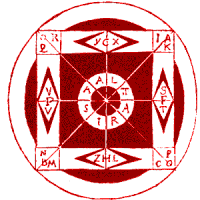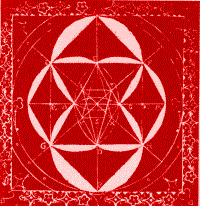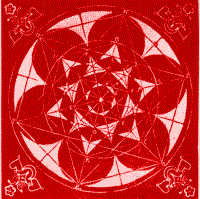


|
SERVICES | PAYMENT | COURSES | BOOKS | CONTACT | SEARCH |

|

|
| Christopher Warnock, Esq. |
| HOME |

|

|
| Bruno's 49 Planetary Images |

|
| Bruno Sun Image & Election |
| Bruno Venus Image & Election |
 |
| Jupiter Image Inspired by Bruno |

|
|
Spiritus Mundi
Discussion Group |

|
| Esoteric Archives: Bruno's Works |
 |
| Web Site Search |
|
|

|

|
|
|
|

|
